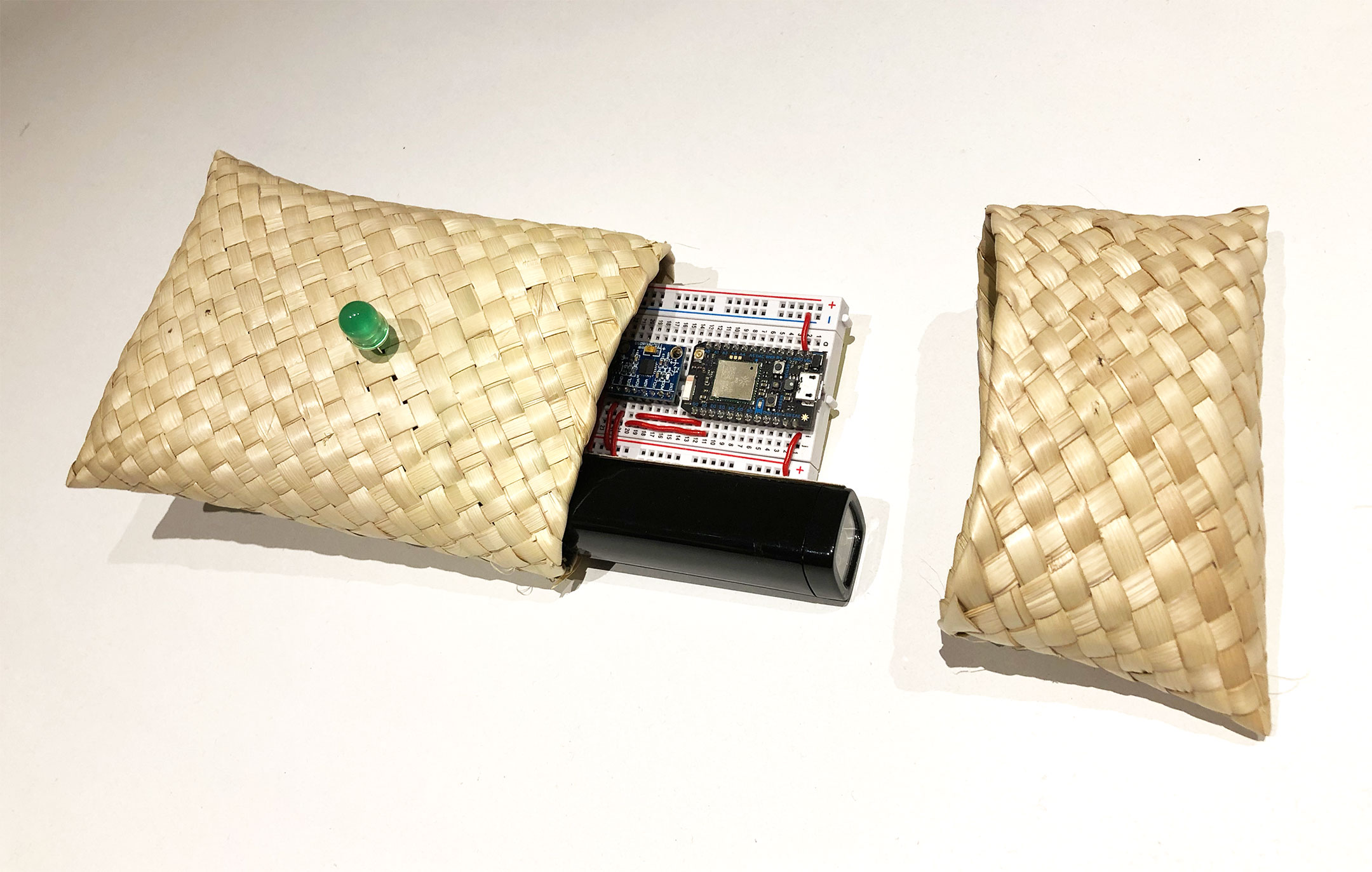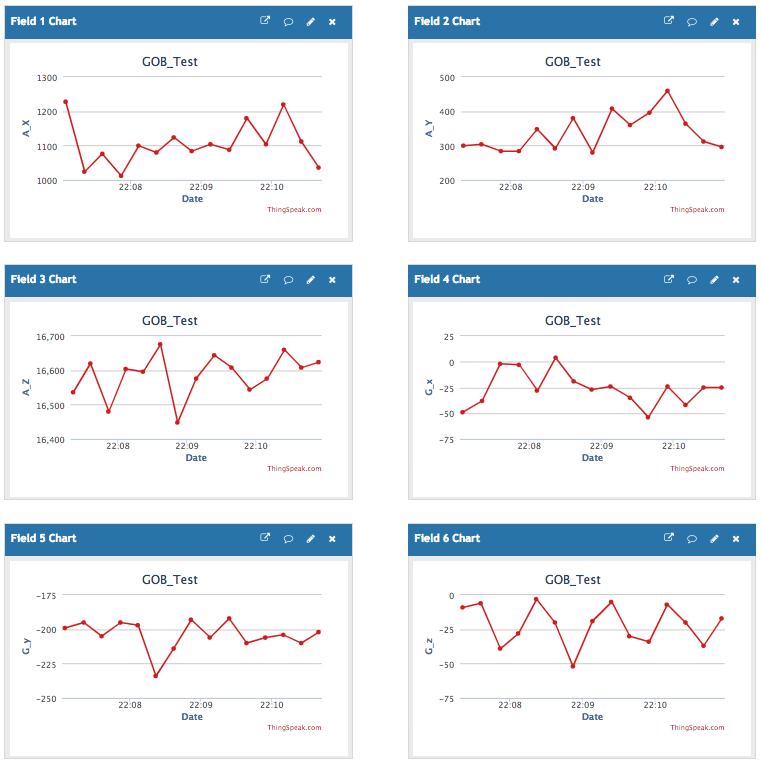Emo:b
OVERVIEW
The emotional beacon that travels with you, when your friends can’t.
In collaboration with Mina Lee and Maxwell Chen
Emo:b from David Chan on Vimeo.
STORY
The context of our project starts out with a weary traveler. As many of us have experienced, traveling is something that is difficult for a variety of reasons: time-change, diet change, homesickness, and the list goes on. The protagonist in our story, Maxwell, is constantly traveling from place to place.
Feelings of loneliness and boredom are often byproducts of Maxwell’s nomadic lifestyle. Although there are platforms that allow for direct communication, it’s not the first choice for Maxwell while he’s traveling because:
-He doesn’t like texting with his phone all the time
-Some times phone calls are a bit too direct
-He is not necessarily looking to explicitly reach out for his emotional needs
-What Maxwell is looking for is something that allows for unobtrusive emoting and a more natural means of communicating to his friends and loved ones.
CONCEPT AND METHODOLOGY
Our group designed and developed a gesture sensing device held by traveller as way to reach out and stay connected.
Authentic local woven material was selected as the enclosure for hardware and small battery.


Often when one is bored, there is a physiological tie to fidgeting as an action. This gesture of spinning the device was researched as the first of what we envision to be many available gestures to express emotion with the Emo:b.
GESTURE
Slow spin - expresses the feeling of loneliness or boredom. Ties to the physiological relief to fidgeting.

OUTPUT
Upon gesturing, Emo:b sends out a message to pre-programmed friend(s) from the device.
(For a more complete look at an Emo:b scenario, please view the video at the top of this page)
PROCESS
Following are process pictures from the hardware and software testing, from proof of concept, to mapping sensor readings to gestures.





REFLECTION
Where did we end up?
Once we researched and validated the concept on the ground in Mexico City, we pushed toward the technical MVP. We got to a meaningful form and gesture as a comforting non-invasive form of communication. We made technical progress to get to data to trigger notifications and push back to the device. Next steps in next slide including a question regarding matching gesture and data.
What were roadblocks?
Network issues (ACCD dropping), technical learning curves (like having two devices on one account [star icon], getting IFTTT SMS to work with data threshold code)
NEXT STEPS
If we were to build a next iteration of Emo:b we would look into the following based on our testing and feedback:
-Stylize method of “messaging back” (HTML + LED)
-Compress physical form based on testing
-Add “start” button to trigger sending sensor data
-Install external LED for “return message” notification
-Challenge ourselves to develop new gestures based on additional emotions
-Further refine mapping of data to gestures
MATERIALS AND TOOLS
-Particle Photon board
-MP6050 accelerometer/gyroscope sensor
-Particle code IDE
-Thingspeak
-IFTTT (If This Then That)
-Maize husk pouch
PROJECT BRIEF
This first project of the class is about sensor networks feeding data collection in the context of the Internet of Things. It involves “dashboards”, constrained resources, and working with a distributed team between Los Angeles, CA, and Mexico City. Specifically, the technology for the concept are restricted to a Photon IoT board and compatible accelerometer/gyroscope sensor. This project should result in a technical prototype which would serve as the embodiment of the proposed design concept and could be used to test the assumptions of the teams regarding the technology used, its implications for the target audience, and intentions communicated.
CLASS
Creative Technology 3
INSTRUCTORS
Maxim Safioulline and Joshua Walton